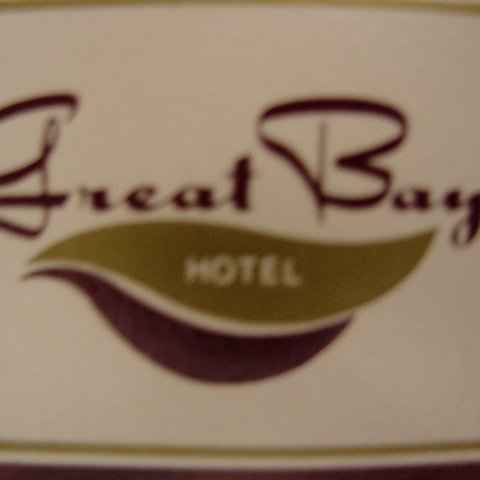Beach replenishment project at Maho starts July 2004

DSC02155.JPG

DSC02156.JPG

DSC02157.JPG

DSC02158.JPG

DSC02159.JPG

DSC02160.JPG

DSC02161.JPG

DSC02162.JPG

DSC02163.JPG

DSC02164.JPG

DSC02165.JPG

DSC02166.JPG

DSC02167.JPG

DSC02168.JPG

DSC02169.JPG

DSC02170.JPG

DSC02171.JPG

DSC02172.JPG

DSC02173.JPG

DSC02174.JPG

DSC02175.JPG

DSC02176.JPG

DSC02177.JPG

DSC02178.JPG

DSC02179.JPG

DSC02180.JPG

DSC02181.JPG

DSC02182.JPG

DSC02183.JPG

DSC02184.JPG

DSC02185.JPG

DSC02186.JPG

DSC02187.JPG

DSC02188.JPG

DSC02189.JPG

DSC02190.JPG

DSC02193.JPG

DSC02194.JPG

DSC02195.JPG

DSC02196.JPG

DSC02197.JPG

DSC02198.JPG

DSC02199.JPG

DSC02200.JPG

DSC02201.JPG

DSC02202.JPG

DSC02203.JPG

DSC02204.JPG

DSC02205.JPG

maho_proposal_v2.pdf

stmaarten_report1.pdf

